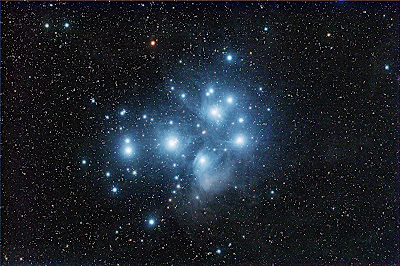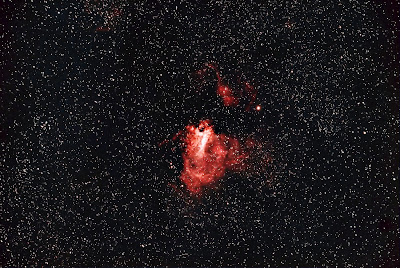Taken by Bill Hughes early on the 30th of November on Hatfield Moors using an unmodified Canon 600D with a 50mm 2.8 lens for 1/4sec at ISO1600. The time was 6:42am.
An early start to try to see comet ISON after it’s conjunction with the sun. No luck with photography or binoculars, even though we went to somewhere without lights and it was a beautiful cold morning.
The star to the right of the moon is a double, Zubenelgenubi.
Left is Saturn and low near the horizon is Mercury.
On the way home, a deer decided to run across the road in
front of us. It resulted in a lot of damage to the deer and the
car.








































